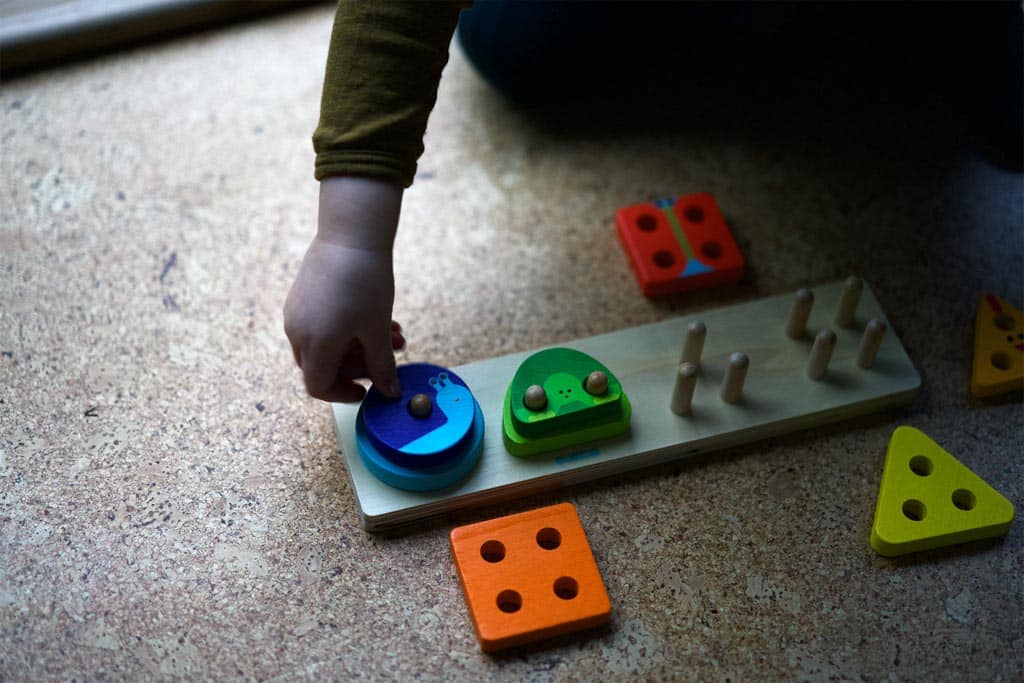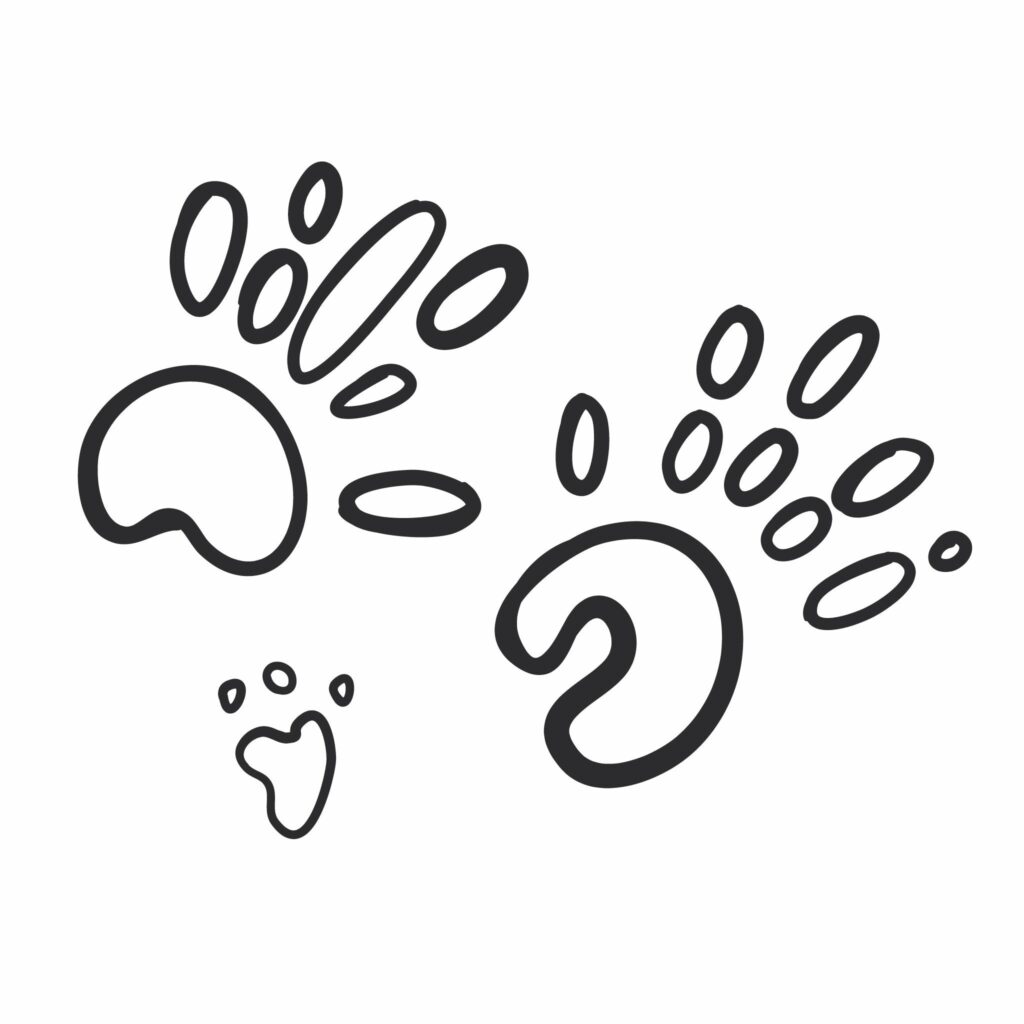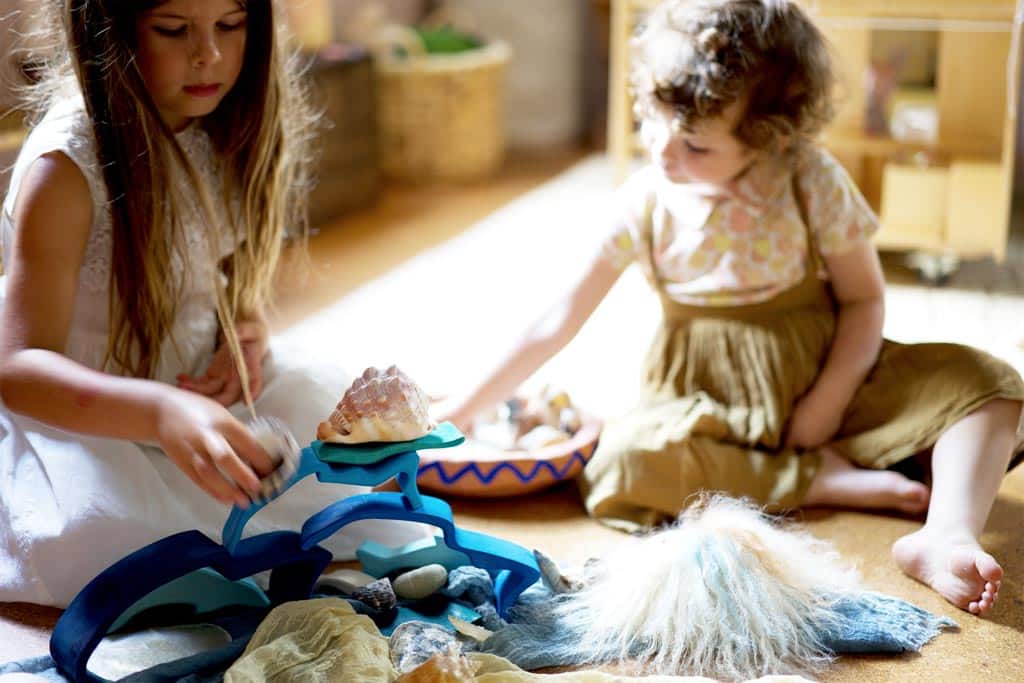Open-ended play is good for your child.
Everyone knows that, right?
That means closed-ended play must be bad. There’s nothing creative about puzzles or Ludo.
Closed-ended play is play minus the creativity – and that sounds all wrong.
But puzzles and games are good for you. They teach problem-solving, perseverance and the importance of finishing, vital skills for school and later life.
They are also great for spatial reasoning, self-regulation and fine motor control. Not bad!
What is open-ended play?
The easiest way to understand closed-ended play is to first study what it is not.
Open-ended play is unlimited. Sit down with some wooden blocks and they can become anything from a castle wall to a jet plane, bread rolls for a bakery or walkie-talkies for marines.
Most importantly, they grow with your child.
A baby or young toddler enjoys discovering the properties of materials and how they can be handled and connected. This is heuristic and constructive play. But as the preschool years approach, your child’s ability to think symbolically leads to imaginative play and more creative pursuits. The blocks can now be used for small world scenes and as props in dramatic play.
Characteristics of closed-ended play
Closed-ended play toys are those that have a specific purpose. They can – and must – be completed.
Think matching games, puzzles and Montessori knobbed cylinders.
There is only one ‘right’ way to use them.
- Structured play. Closed-ended toys provide a structure to work within. There are fewer possibilities and distractions, making the activity easier to understand. Your child is free to focus on the thing that matters – getting the job done. This encourages concentration and perseverance.
- Defined objectives and outcomes. In closed-ended play, it’s easy to know when you have ‘won’. The puzzle is completed; you have reached the finish line. Not only does this clarity gives your child something to aim for, but each achievement boosts confidence and reinforces the value of persistence and dedication.
- Developing a sense of time. You finished the puzzle in 5 minutes. Next time can you do it more quickly? The task is known – and straightforward – but the challenge increases as you limit the time. Working to time and staying focused are school-ready skills all children must master.
Closed-ended play activities
Closed-ended activities aren’t complicated – or original. You don’t have to spend hours on Pinterest looking for inspiring set-ups. Just make sure to pull out these classics from the toy box every now and again and give your child the chance to develop some key skills:
- Puzzles
- Board games
- Card games
- Lacing cards
- Shape sorting
- Memory games
- Colour matching
Final word
Closed-ended play isn’t glamorous. You won’t find it on the most beautiful Instagram feeds. But it is a playtime essential. And don’t worry that your child has sent the activity already. You’ll be surprised how much she enjoys going back and repeating seemingly simple games. So much of learning is about rehearsing and refining skills, and for that closed-ended play is in a league of its own.
Are you ready for school?
Do you have a preschooler? Would you like them to develop some key skills before starting school? How wonderful to go into school on that first day feeling like you belong.
Get Set Five is a year-long course full of fun and free activities to do with your child.




